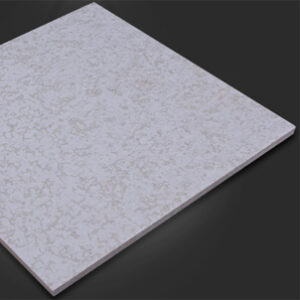 Calcium Silicate (CS) board has a mixed profile regarding strength and durability: it is excellent in long-term performance but has certain vulnerabilities to mechanical stress.
Calcium Silicate (CS) board has a mixed profile regarding strength and durability: it is excellent in long-term performance but has certain vulnerabilities to mechanical stress.
Strength and Durability Profile
| Aspect | Performance Level | Details |
| Long-Term Durability | High | Due to its inorganic composition, it is highly resistant to rot, mold, swelling, and pests, ensuring a very long lifespan. |
| Dimensional Stability | Excellent | The board retains its shape and size under changes in temperature and humidity, which prevents warping and cracking of surface finishes. |
| Compressive Strength | High | It offers good rigidity and load-bearing strength (especially higher density grades), making it suitable for high-traffic walls and ceilings where some mechanical stress is expected. |
Vulnerability to Damage
CS board’s biggest drawback is its brittleness compared to some other building materials.
- Cracking and Chipping: The board is considered inherently brittle. It is prone to chipping or breaking along the edges and corners if handled roughly during transportation or installation.
- Impact Damage: Its resistance to sharp, concentrated impact damage (e.g., being hit by a hammer or heavy object) is moderate. While it is tougher than standard gypsum board, it is typically less resistant than fiber cement board or high-density cement products.
- Thermal Shock: In specific high-temperature industrial uses, it can be susceptible to cracking if subjected to rapid heating and cooling cycles.
Summary
The board’s durability lies in its stability against environmental decay (fire, moisture, time). Its vulnerability lies in its fragility against acute mechanical force (dropping, sharp impact). When used in typical residential or commercial interior applications, proper installation and finish layers minimize the risk of damage.
OCT
2025
